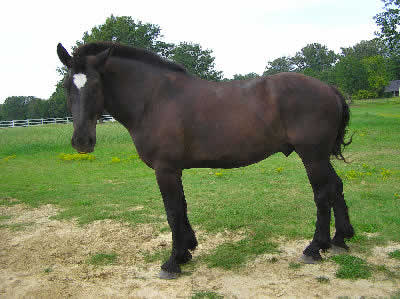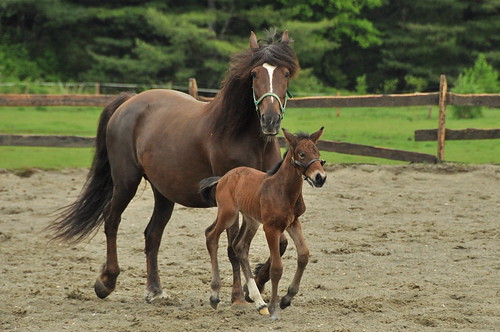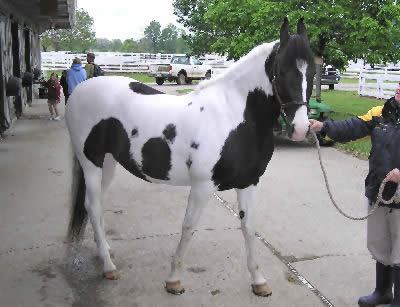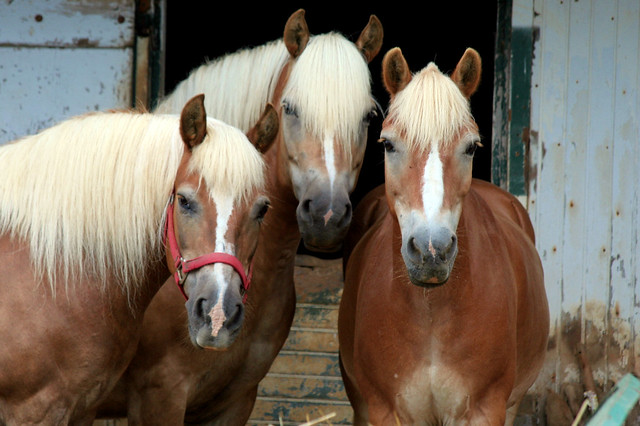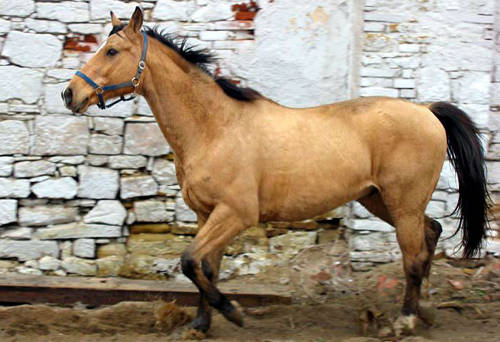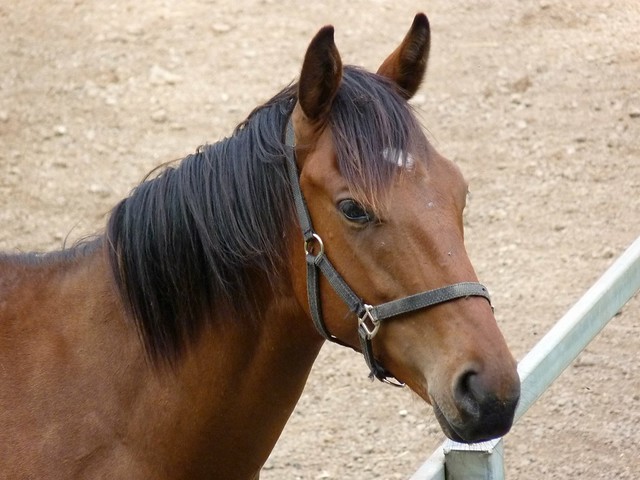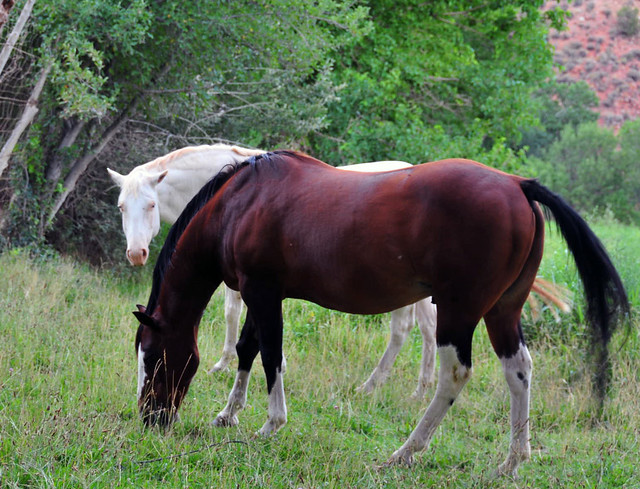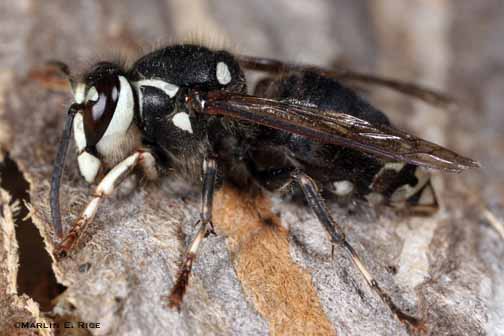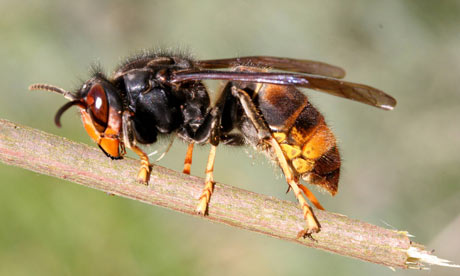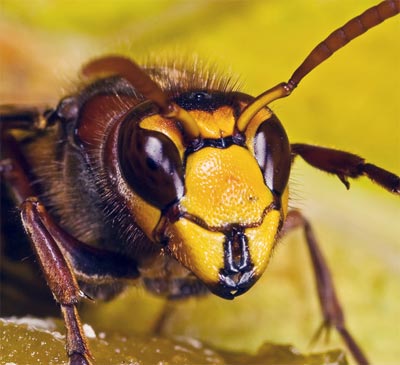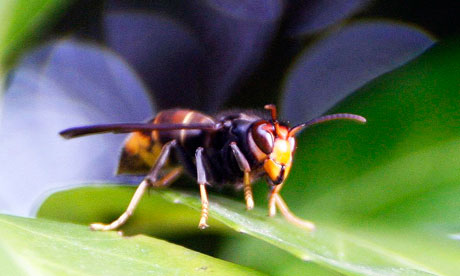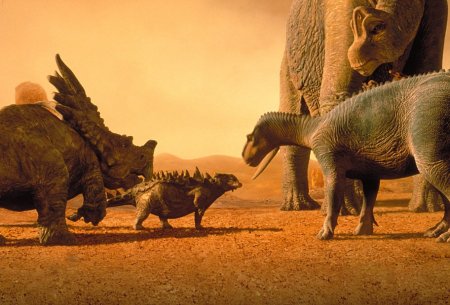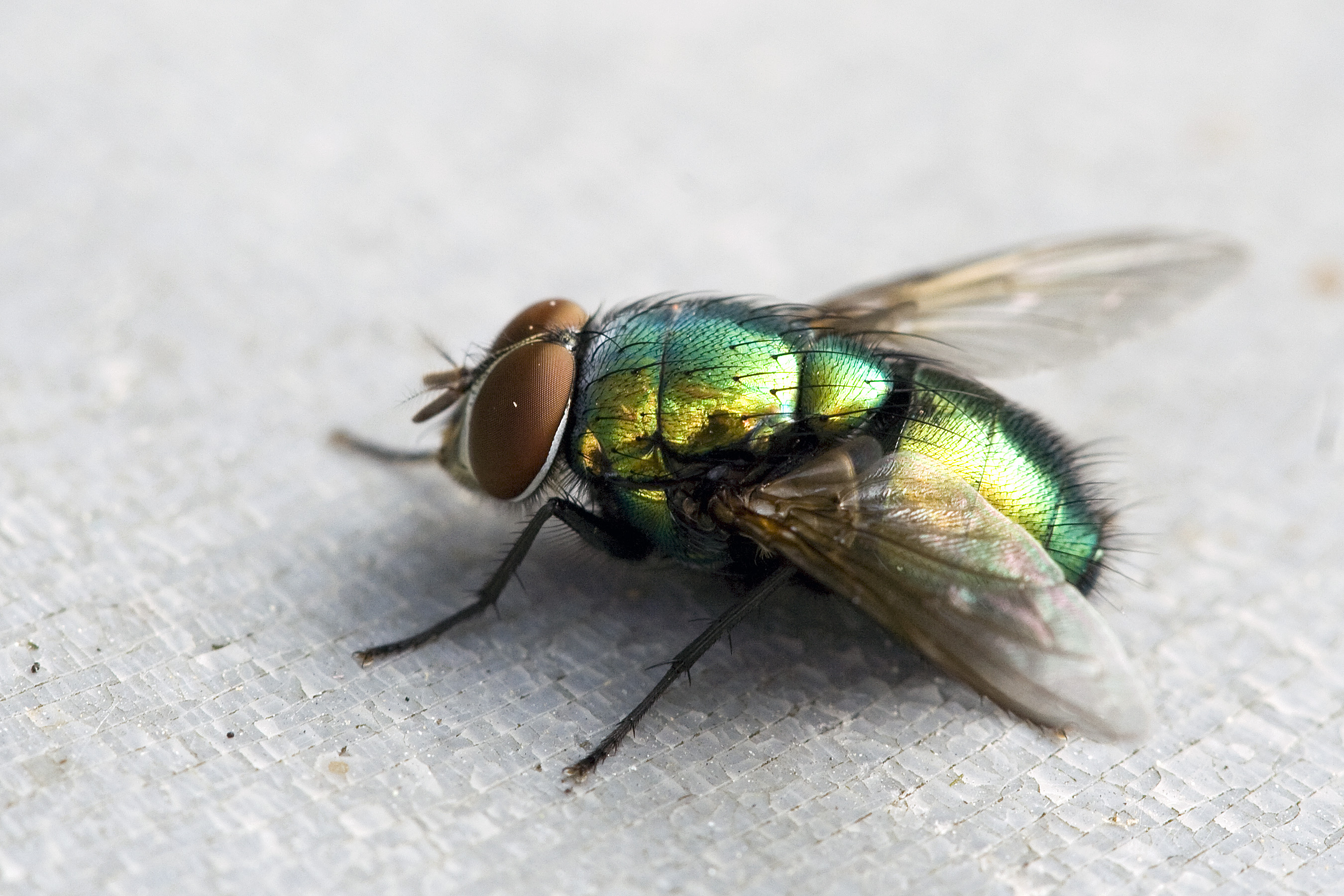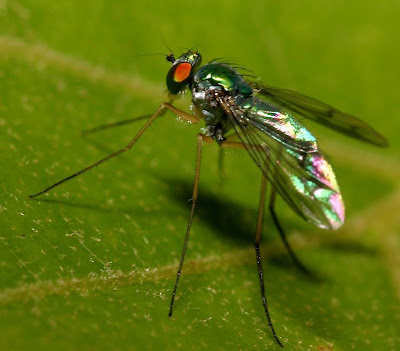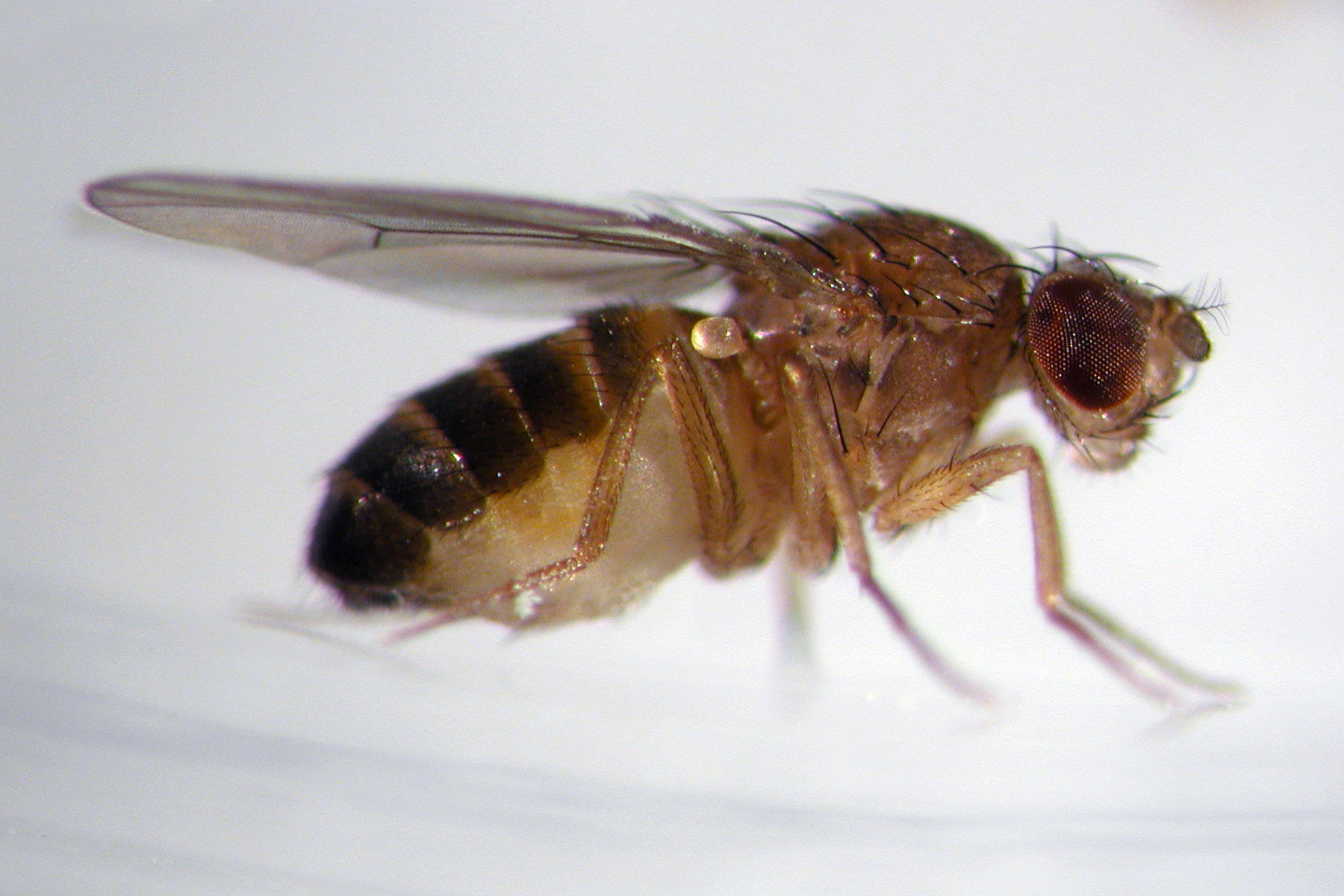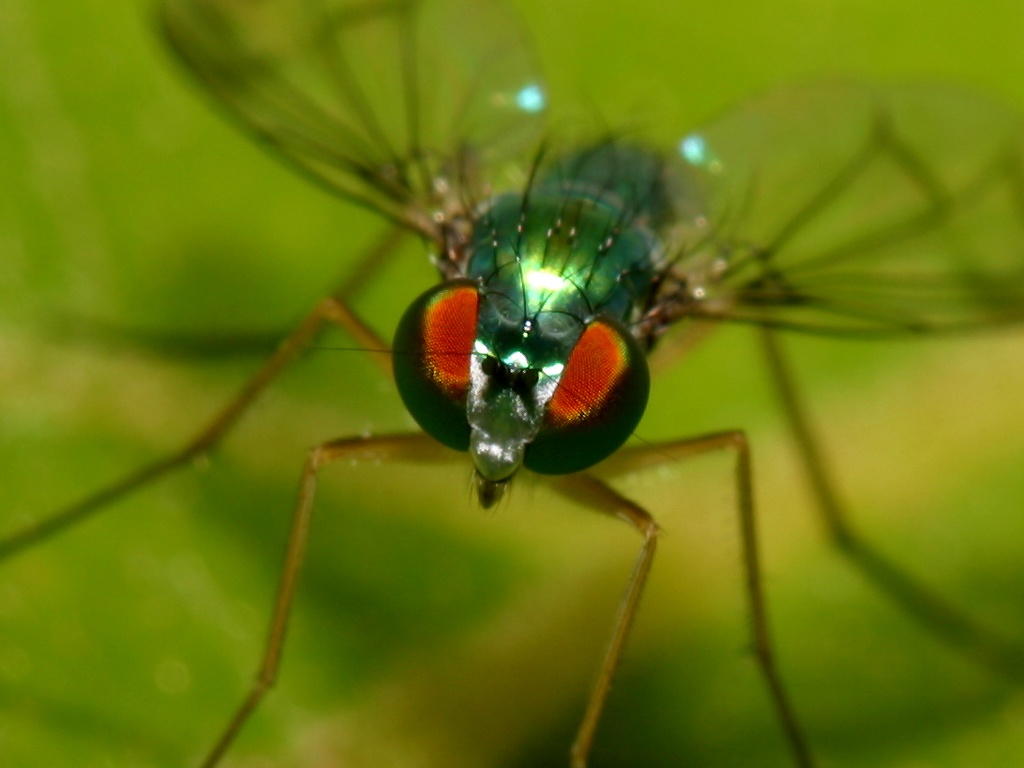Saturday 30 June 2012
Friday 29 June 2012
Hornet
Hornet
Hornets are wasps of the genus Vespa, closely related to (and
resembling) yellowjackets. There are about 20 hornet species. Most live
in tropical Asia, but the insects are also found in Europe, Africa, and
North America, where the European hornet was introduced by humans.These social insects construct hives by chewing wood into a papery
construction pulp. They mature from egg to adult inside the community
hive.Queens dominate hornet hives and are the only females to reproduce. Most
other hornets are asexual female workers that perform essential
community duties such as building the hive, gathering food These insects eat some tree sap but they are also accomplished
predators. A hornet hive will eliminate many flies, bees, and other
insects.
Hornet |
Hornet
Hornet
Hornet
Hornet
Hornet
Hornet
Hornet
Hornet
Hornet
Hornet
Hornet
Hornet
Hornet
Hornet
Hornet
Dinosaur
Dinosaur
Dinosaurs are the main attraction for many of us and the Cretaceous was their heyday. The large carnivores such as Tyrannosaurus Rex and Spinosaurus were thundering about the land, hunting Triceratops and Iguanodons. Flying through the Cretaceous skies were gigantic Pterosaurs and the small proton-birds, descendants of Archeopteryx. Though many Pterosaurs died out in the Jurassic Extinction, those that were left grew to tremendous size.Since the first dinosaur fossils were recognized in the early 19th century, mounted fossil dinosaur skeletons or replicas have been major attractions at museums around the world, and dinosaurs have become a part of world culture.Their diversity, the large sizes of some group and their seemingly monstrous and fantastic nature have captured the interest and imagination.Dinosaur
Dinosaur
Dinosaur
Dinosaur
Dinosaur
Dinosaur
Dinosaur
Dinosaur
Dinosaur
Dinosaur
Dinosaur
Dinosaur
Dinosaur
Dinosaur
Dinosaur
Dinosaur
Dinosaur
Fly
Fly
Crane flies are insects in the family Tipulidae. Adults are very
slender, long-legged flies that may vary in length from 2–60 millimeters
(0.079–2.4 in) (tropical species may exceed 100 millimeters or 3.9 in).
In the United Kingdom, Ireland and Newfoundland they are commonly referred to as daddy long-legs, but this name can also refer to two unrelated arthropods: members of the arachnid order Opiliones (especially in the United States and Canada) and the cellar spider Pholcidae (especially in Australia). The larvae of the European Crane Fly are commonly known as Leather jackets. These larvae can cause damage to lawns by feeding on the roots of grass plants.We are engaged in offering expert solutions to our clients for these social insects called Ants that can be found any where let it be lawn, homes
In the United Kingdom, Ireland and Newfoundland they are commonly referred to as daddy long-legs, but this name can also refer to two unrelated arthropods: members of the arachnid order Opiliones (especially in the United States and Canada) and the cellar spider Pholcidae (especially in Australia). The larvae of the European Crane Fly are commonly known as Leather jackets. These larvae can cause damage to lawns by feeding on the roots of grass plants.We are engaged in offering expert solutions to our clients for these social insects called Ants that can be found any where let it be lawn, homes
Fly
Fly
Fly
Fly
Fly
Fly
Fly
Fly
Fly
Fly
Fly
Fly
Fly
Fly
Fly
Fly
Fly
Subscribe to:
Posts (Atom)

